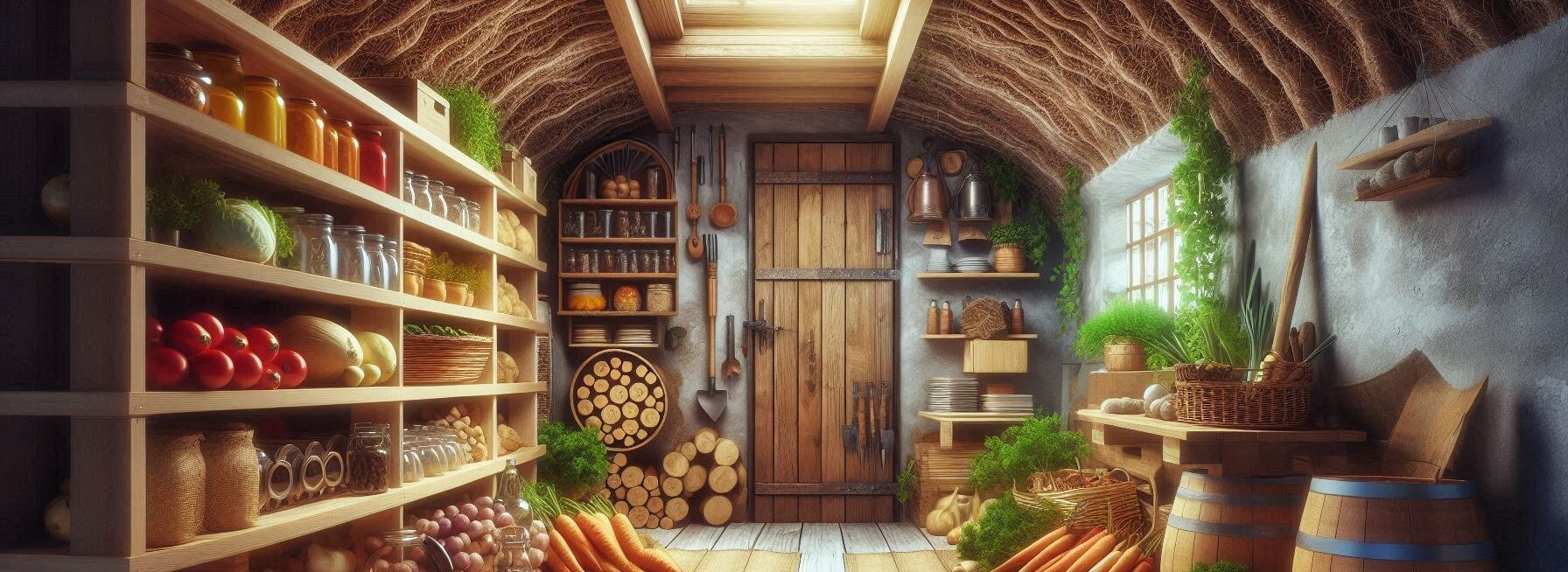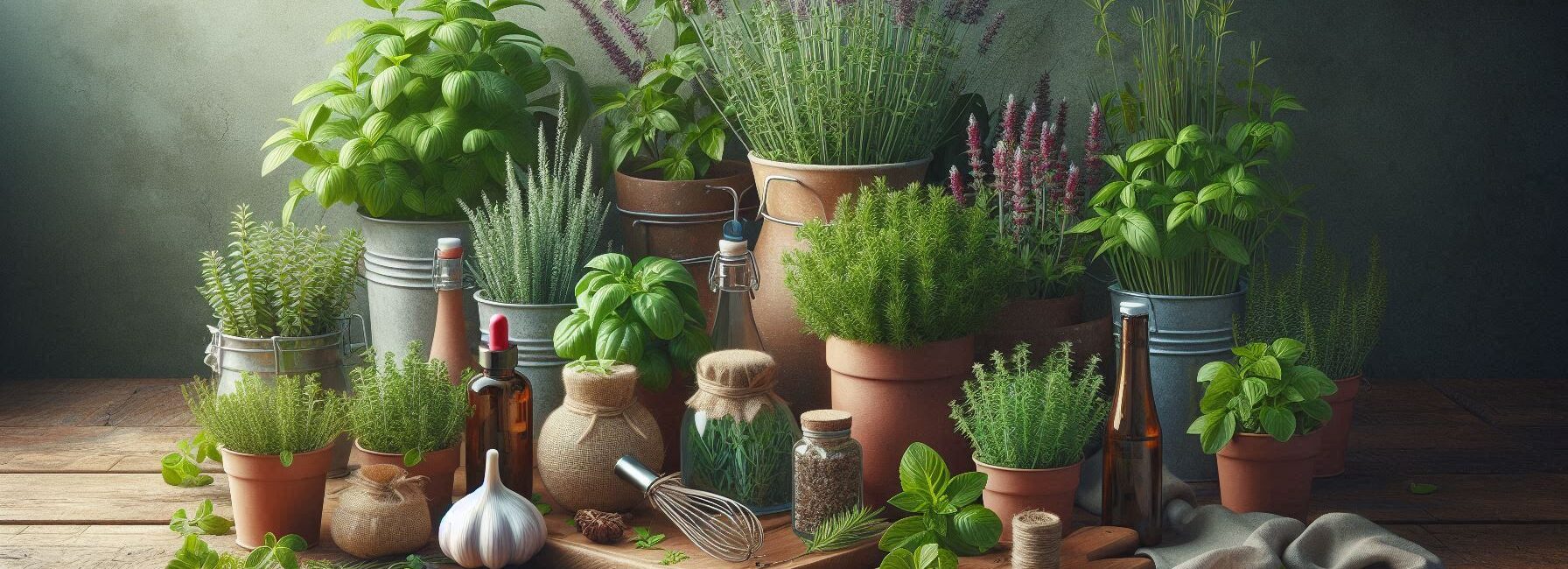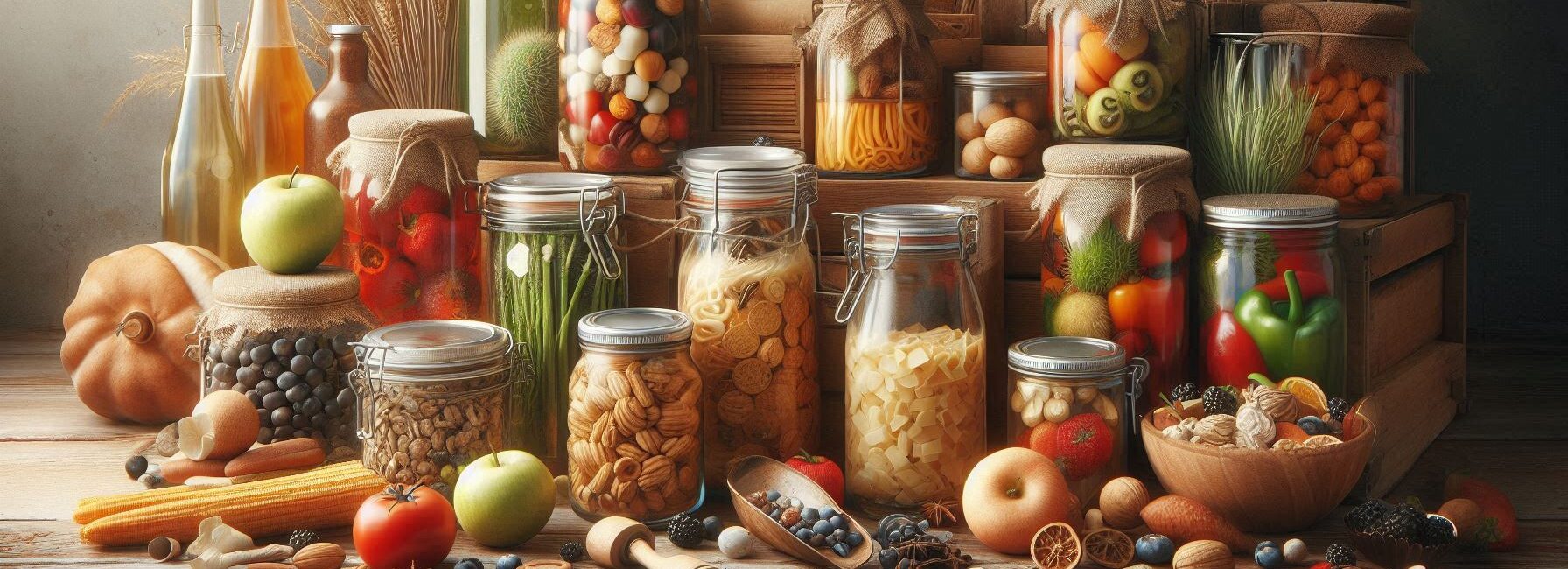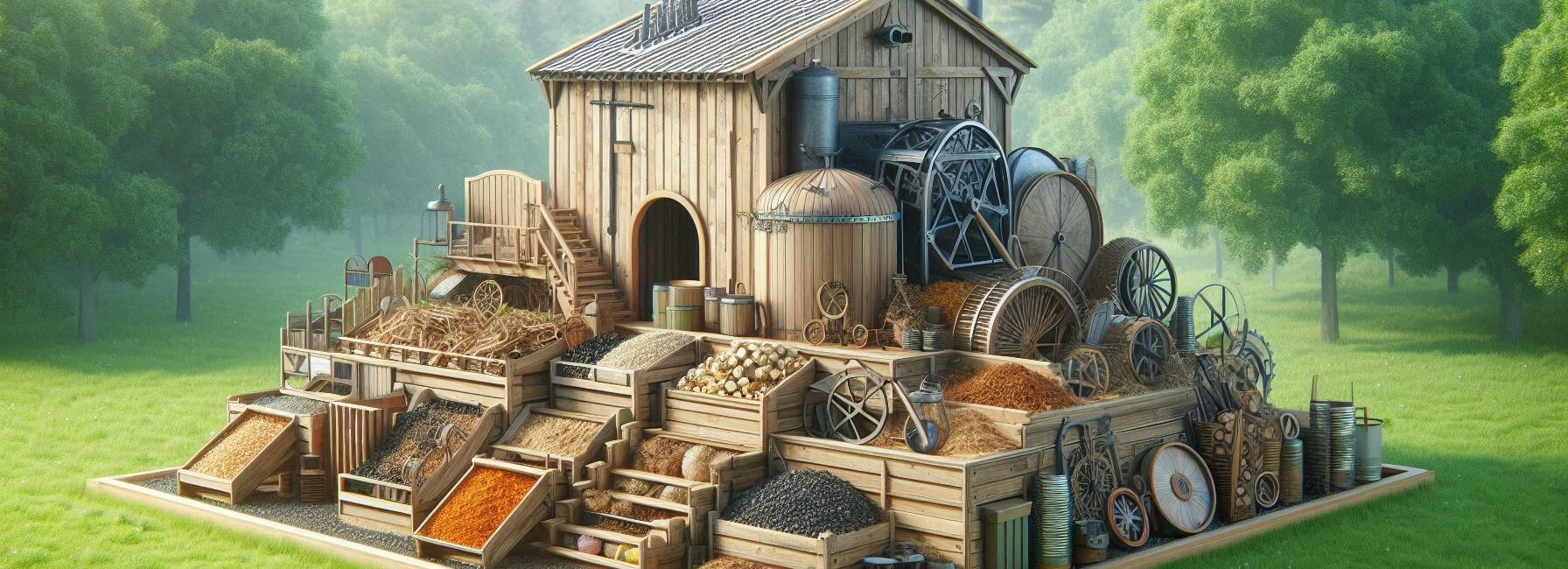Top Takeaways and Key Concepts Set up your growing area with adequate light, water, nutrients, and aeration. Choose plants that thrive in hydroponics like greens and herbs for consistent yields. Build your system using food-safe containers, secure plumbing, and easy-to-clean design. Monitor and maintain water pH (around 5.5-6.5) plus nutrient […]
Self Sufficiency
Top Takeaways and Key Concepts Drying Meat: Slice meat thinly and dry using heat sources like fire, dehydrators, or ovens. Canning Meat: Use pressure canning to sterilize and seal meat in jars for long-term storage. Salting Meat: Apply salt to meat to draw out moisture, inhibiting bacterial growth. Smoking Meat: […]
Top Takeaways and Key Concepts Assess Local Regulations: Check zoning laws and obtain necessary permits before starting. Select Suitable Hive Type: Choose between Langstroth, Top-Bar, or Warre hives based on your environment. Acquire Essential Equipment: Obtain a smoker, hive tool, protective gear, and extractor. Choose Local Bee Strains: Opt for […]
Top Takeaways and Key Concepts Choose a Cool, Shaded Location: Select a north-facing slope or shaded area to minimize sunlight exposure. Dig Below the Frost Line: Ensure the cellar is deep enough to avoid freezing temperatures. Use Natural Insulating Materials: Incorporate earth, straw, or hay to maintain stable temperatures. Provide […]
Top Takeaways and Key Concepts Install a Gutter and Downspout System: Direct rainwater from your roof into clean storage containers. Use a First Flush Diverter: Divert initial runoff to remove contaminants before collection. Choose Food-Grade Storage Tanks: Ensure tanks are made of materials safe for potable water. Filter and Purify […]
Top Takeaways and Key Concepts Gather black containers, clear plastic sheets, insulation, and clean water. Place black containers in direct sunlight for maximum heat absorption. Cover containers tightly with clear plastic to trap solar heat. Insulate around containers to reduce nighttime or weather-related heat loss. Clean and adjust your setup […]
Top Takeaways and Key Concepts Mix equal parts vinegar and water in a spray bottle for safe cleaning. Add essential oils like lemon or lavender to freshen and disinfect surfaces. Use baking soda as a scrub or deodorizer for stains and odors. Store homemade cleaners in labeled, shaded containers away […]
Top Takeaways and Key Concepts Start small with easy herbs like basil, parsley, or mint in pots. Choose herbs based on your favorite dishes and local climate conditions. Plant in well-drained soil, raised beds, or containers to prevent root issues. Water when soil is dry, fertilize organically, and prune for […]
Top Takeaways and Key Concepts Freeze fruits, vegetables, and leftovers in portions to preserve freshness. Use canning for fruits, vegetables, and sauces, following safety guidelines. Dehydrate fruits and vegetables for lightweight, long-lasting snacks. Store all preserved food in airtight containers to maintain quality. Try fermentation like sauerkraut or pickles to […]
Top Takeaways and Key Concepts Choose a bin with good airflow; wood, plastic, or a simple pile works. Layer greens (vegetable scraps, grass) and browns (leaves, cardboard) for balance. Avoid meat and dairy to prevent odors and pests in compost. Turn compost regularly and monitor moisture to speed decomposition effectively. […]
Top Takeaways and Key Concepts Learn to start a fire using dry kindling and tinder for warmth and cooking. Find and purify water from streams using boiling or portable filtration systems. Identify and harvest edible plants safely, avoiding toxic lookalikes. Grow vegetables suited to your climate and companion plant to […]
Top Takeaways and Key Concepts – Begin with a realistic homesteading plan tailored to your property. – Focus on essential skills like gardening and food preservation. – Start small; gradually expand your projects over time. – Use vertical gardening techniques to maximize limited space. – Learn local regulations for homesteading […]













